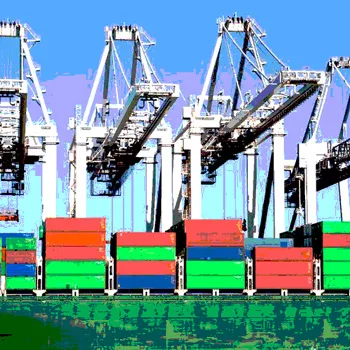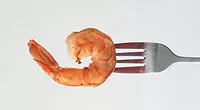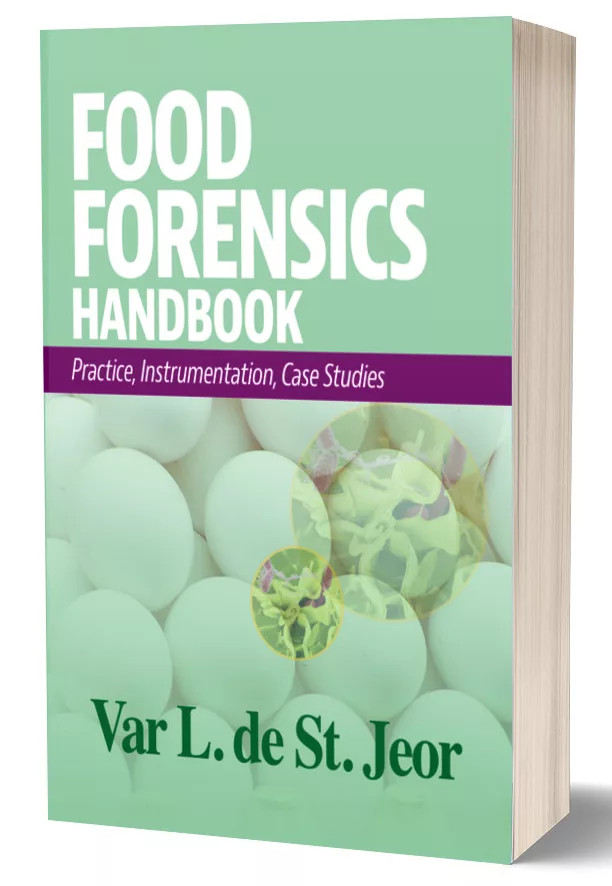Assistance with U.S. FDA’s Detention Without Physical Examination

The Federal Food, Drug, and Cosmetic Act authorizes the U.S. Food and Drug Administration (FDA) to refuse admission of articles to U.S. that appear to be in violation of FDA regulations. When evidence suggests that a company’s future shipments will also be in violation, FDA may place the company on an Import Alert. These alerts instruct FDA inspectors to automatically detain all shipments from the companies included on the Red List of the Import Alert. This automatic process is called Detention without Physical Examination, or DWPE.
Once a firm becomes subject to FDA’s DWPE, all shipments from that firm will be detained by FDA for as long as the company remains on the Import Alert, even after corrective actions have been put in place to bring the products into compliance with U.S. FDA regulations. For each detained shipment, the firm must contact FDA with evidence of the compliant nature of the shipment in order to request that the shipment be allowed to proceed into the U.S without a DWPE.
In order to stop the DWPE process, a formal petition must be submitted to FDA’s Division of Import Operations and Policy (DIOP). This petition must clearly detail to FDA the corrective actions taken to ensure that the problems that caused the items to be placed on Import Alert have been eliminated and will not reoccur.
In addition, most (though not all) Import Alerts require that the petition for DWPE removal include documentation of at least five of the firm’s most recent and consecutive shipments that have been cleared for release to the U.S. by the FDA. The DIOP inspector may require additional shipments at their discretion. Accordingly, depending on the frequency of shipments, there may be a significant delay between when the corrective actions take place and when the petition from DWPE removal should be submitted. Except in certain circumstances, such as Import Alert 16-120,[1] we recommend that firms continue to ship their products to the U.S. while subject to DWPE in order to accrue the necessary number of cleared shipments.
Once the problems have been corrected and a minimum of five shipments have been cleared by FDA for entry to the U.S., a petition may be drafted compiling the documentation and evidence to convince FDA that the products are no longer at risk of being in violation of U.S. regulation. The review process for this petition by DIOP can take several months before a final decision is reached.
In a recent conference call with DIOP, an FDA official indicated that well-organized petitions, like those prepared by some consultants, move more quickly through FDA’s review process. Keep this in mind should your company need to file such a petition.
Reference
1. fda-news.registrarcorp.com/2013/01/us-fda-detention-without-physical-examination-dwpe/.
www.registrarcorp.com
Looking for quick answers on food safety topics?
Try Ask FSM, our new smart AI search tool.
Ask FSM →








